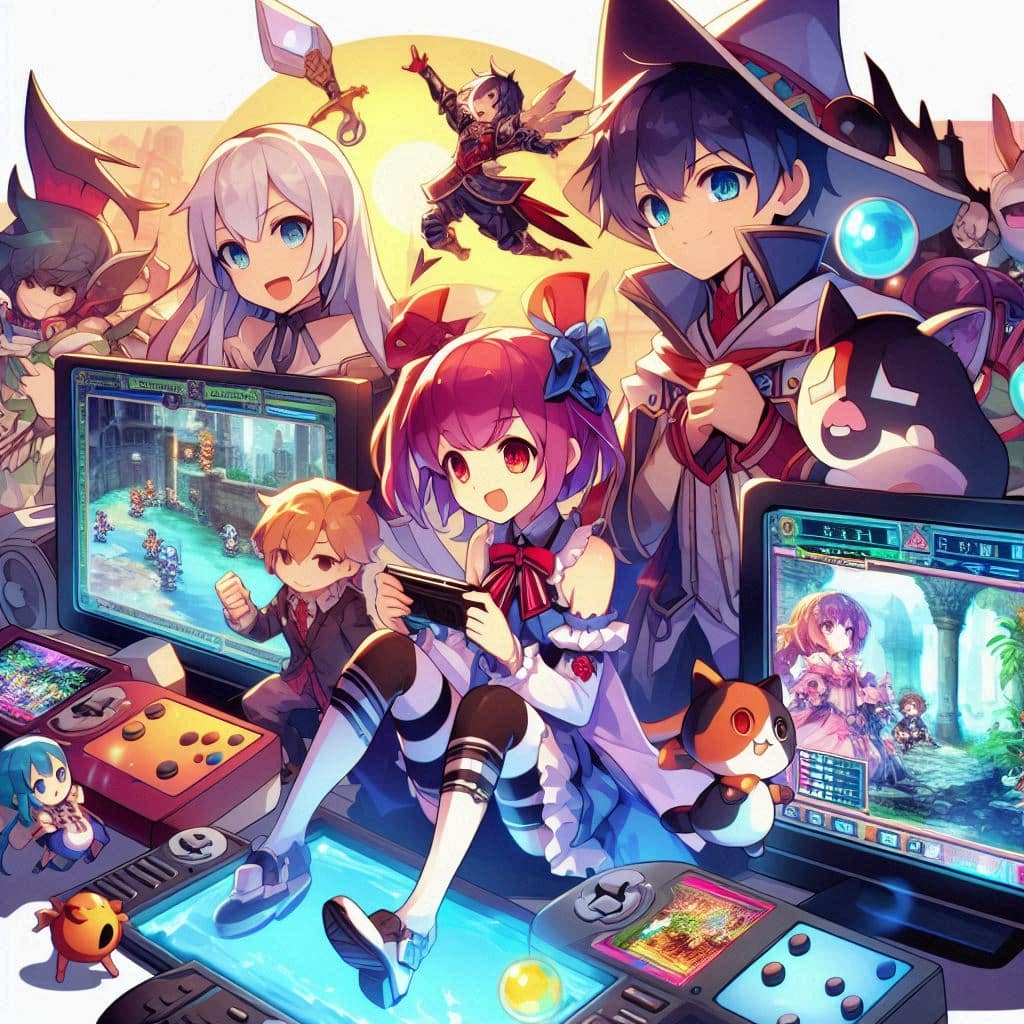Introduction
Are you ignoring social features in games? In today’s interconnected world, gaming is no longer a solitary activity. Players crave interaction, competition, and collaboration with others. Integrating social features in games can significantly enhance player interaction, creating a more immersive and engaging experience. Whether you’re developing a mobile game, a multiplayer online game, or a single-player game with social elements, this guide will help you understand how to successfully incorporate social features to boost player engagement.

Understanding the Importance of Social Features
Social features in games foster a sense of community, competition, and camaraderie among players. These elements can transform a game from a solo experience into a shared adventure. Here’s why social features are crucial:
- Enhanced Engagement: Players are more likely to stay engaged when they can interact with friends and other players.
- Increased Retention: Social connections can keep players coming back, as they build relationships and look forward to shared experiences.
- Viral Growth: Social features can encourage players to invite friends, leading to organic growth.
- Monetization Opportunities: Social interactions can drive in-game purchases, such as gifts or competitive boosts.
Key Social Features to Integrate
1. In-Game Chat
Description: Real-time chat allows players to communicate with each other during gameplay.
Benefits:
- Facilitates teamwork and strategy in multiplayer games.
- Creates a sense of community.
Implementation Tips:
- Offer text and voice chat options.
- Implement moderation tools to manage inappropriate behavior.
2. Friends and Clans
Description: Allow players to add friends, join clans, or form guilds.
Benefits:
- Encourages long-term engagement through social bonds.
- Promotes cooperative and competitive play.
Implementation Tips:
- Provide incentives for playing with friends, such as bonuses or rewards.
- Allow easy management of friend lists and clan memberships.
3. Leaderboards and Achievements
Description: Display rankings and achievements to motivate players.
Benefits:
- Fosters healthy competition.
- Encourages players to strive for goals and recognition.
Implementation Tips:
- Update leaderboards in real-time.
- Create diverse achievements catering to different play styles.
4. Social Media Integration
Description: Enable players to share their achievements and game progress on social media.
Benefits:
- Increases game visibility and attracts new players.
- Allows players to showcase their accomplishments.
Implementation Tips:
- Offer in-game rewards for sharing milestones on social media.
- Make sharing options easily accessible.

5. Cooperative Gameplay
Description: Design game modes that require players to work together to achieve objectives.
Benefits:
- Strengthens player bonds through shared experiences.
- Enhances strategic depth and variety in gameplay.
Implementation Tips:
- Balance challenges to require cooperation without being too difficult.
- Provide clear communication tools and objectives.
6. Player-Generated Content
Description: Allow players to create and share content within the game.
Benefits:
- Adds variety and replayability.
- Engages creative players and builds a community around content creation.
Implementation Tips:
- Implement user-friendly creation tools.
- Curate and highlight the best player-generated content.
Best Practices for Integrating Social Features
1. Prioritize User Experience
Ensure that social features enhance the gameplay experience rather than detract from it. Avoid intrusive notifications and ensure that features are intuitive and easy to use.
Read More: Understanding Player Psychology in Game Design(Opens in a new browser tab)
2. Maintain a Safe Environment
Implement moderation tools and community guidelines to create a positive and safe environment. Consider features like reporting, muting, and banning to manage toxic behavior.
3. Balance Social and Solo Play
While social features are important, not all players will want to engage with them all the time. Ensure that your game can be enjoyed solo, and that social features are optional enhancements rather than requirements.
4. Foster a Community
Encourage community building through in-game events, forums, and social media engagement. Actively engage with your player base and listen to their feedback.
5. Monitor and Iterate
Regularly monitor the use and effectiveness of social features. Gather player feedback and use analytics to understand what works and what doesn’t. Be prepared to iterate and improve based on this data.
Use Case Scenario: Enhancing a Mobile RPG with Social Features
Meet Luna Games: Luna Games is a mobile game development studio working on their latest RPG, “Mystic Realms.” They want to integrate social features to enhance player interaction and engagement.
1. In-Game Chat
Luna Games implements a real-time chat feature, allowing players to communicate in global, clan, and private chat channels. This facilitates teamwork during quests and battles.
2. Friends and Clans
Players can add friends and join clans. Luna Games introduces clan-based events and competitions, encouraging players to form alliances and collaborate for rewards.
3. Leaderboards and Achievements
Mystic Realms features leaderboards for various activities, such as PvP battles and dungeon runs. Players earn achievements for reaching milestones, which are displayed on their profiles.
4. Social Media Integration
Players can share their achievements and epic moments on social media directly from the game. Luna Games offers in-game rewards for sharing, increasing the game’s visibility and attracting new players.
5. Cooperative Gameplay
Luna Games designs special cooperative dungeons where players must team up to defeat powerful bosses. These dungeons require coordination and strategy, strengthening player bonds.
6. Player-Generated Content
Players can create and share custom quests and challenges. Luna Games highlights the best content in a dedicated section, fostering a creative community.
Outcome: The integration of these social features transforms Mystic Realms into a vibrant community. Player engagement and retention soar, and the game attracts a steady influx of new players through social sharing and word-of-mouth.
Conclusion
Integrating social features in games is a powerful way to enhance player interaction and create a more engaging experience. By incorporating elements like in-game chat, friends and clans, leaderboards, social media integration, cooperative gameplay, and player-generated content, you can build a thriving community around your game. Remember to prioritize user experience, maintain a safe environment, and foster a sense of community. With these strategies, you’ll not only boost player engagement but also create a game that players will love to share and come back to again and again.
Feel free to reach out with any questions or share your experiences in integrating social features in your games. We’d love to hear from you!




Pingback: The Importance of Playtesting: How to Get Valuable Feedback - Endless Existence